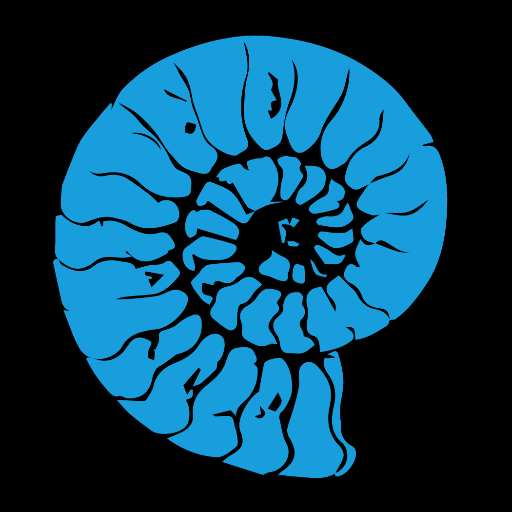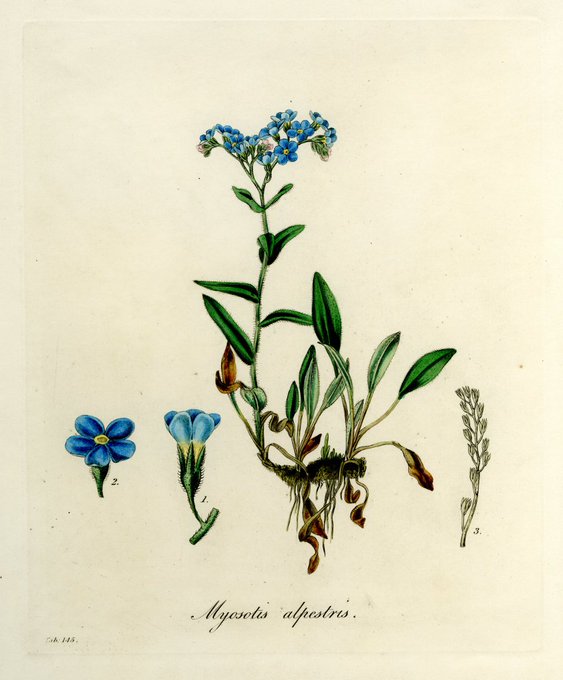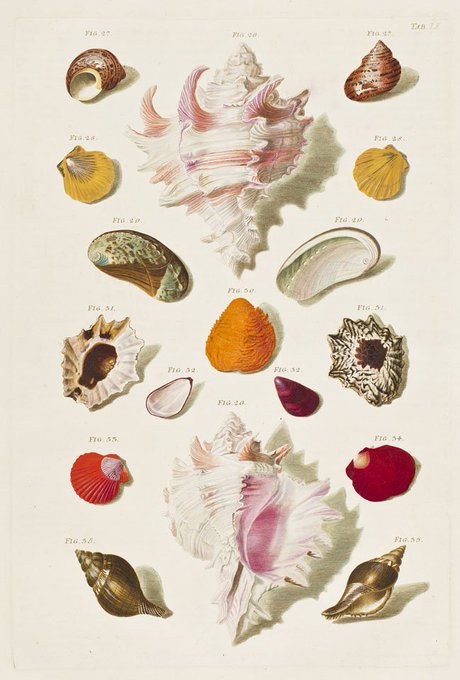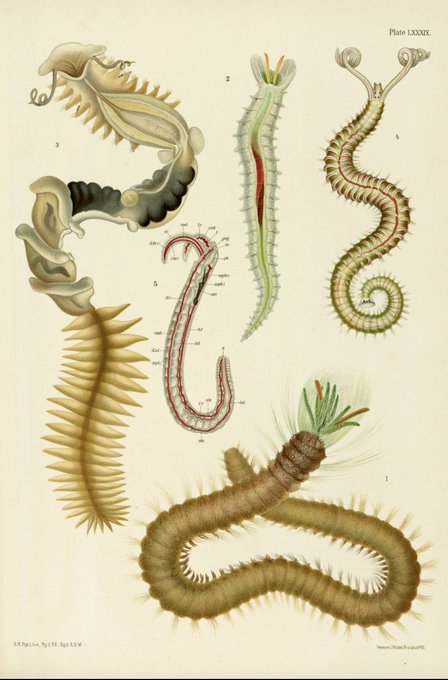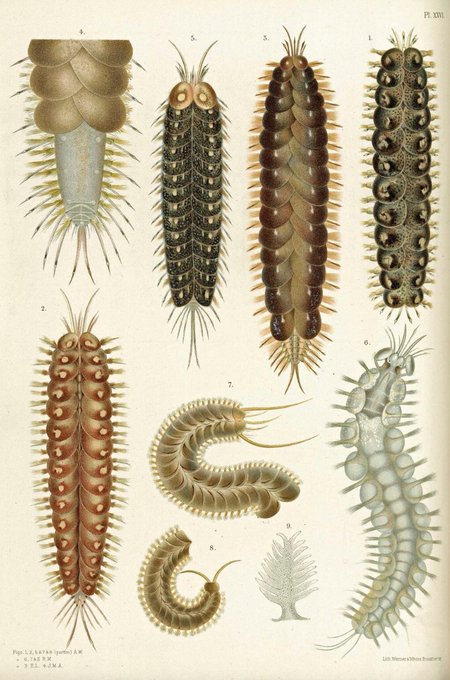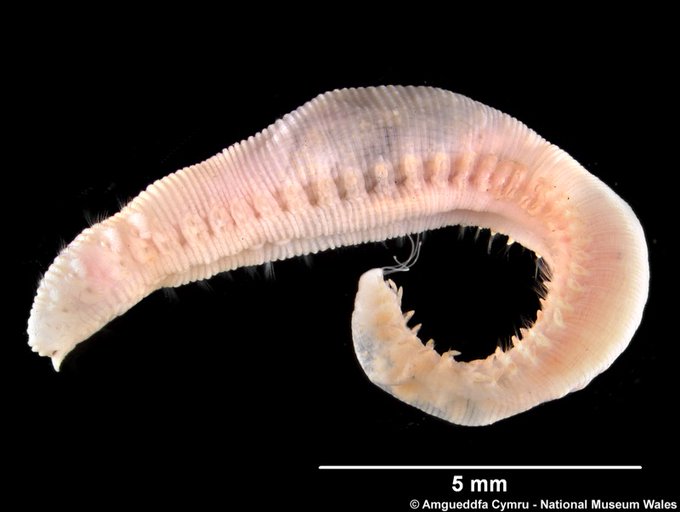Stunning Wild Pansy (also known as tickle-my-fancy), Viola tricolor, common throughout Europe, photographed in a Cardiff garden, alongside the beautiful print from Flora Londinensis (1775-1798), by W. Kilburn from @AmgueddfaCymru collections #MuseumsUnlocked #WorldEnvironmentDay
Following the #MuseumsUnlocked photography theme today:
A crucial piece of equipment in our collections - the HerbScan machine for imaging pressed botanical specimens without turning them upside down.
We can then share the high quality photos for science, art and museum lovers!
Feeling blue?
Let these amazing illustrations of blue flowers from the botany collections @Museum_Cardiff lift your mood. Artists include Ainslie Ensom and Alister Mathews #BotanicMonday #SciArt #MuseumFromHome
What better way to highlight the importance of pollinators than with these delightful bee illustrations from Muffet’s ‘Theatre of insects' from @Amgueddfa_Lib collections #WorldBeeDay #WorldBeeDay2020
On #WorldBookDay, it's great to contemplate the fantastic natural history books we have in @Amgueddfa_Lib
On #WorldBookDay2020, sharing one of my favourite books - McIntosh’s British Marine Annelids, so many beautiful images of marine bristle worms. Of course my favourite image being a shovelhead worm! #Annelida #Polychaeta #WorldBookDay
Our work experience student @Museum_Cardiff has been sorting a fantastic collection of wall charts published in the late 1800s.
The posters shown here from Botanische Wandtafeln, show the morphology of the alga Botrydium granulatum in great detail.
#BotanicMonday
Pages from ‘Kunstformen der Natur’ to celebrate Ernst Haeckel, born #OTD in 1834. He published many beautiful illustrations showing a variety of animals and plants and described and named thousands of species new to science
Newydd o fwydyn cynrhon gafodd ei ddarganfod yn Aberdaugleddau ym 1991 gan wyddonwyr @AmgueddfaCymru. Cafodd ei enwi yn Scalibregma celticum oherwydd ei wreiddiau Cymreig
A new species of maggot worm was discovered in 1991 in Milford Haven by @AmgueddfaCymru scientists. It is called Scalibregma celticum after its Welsh roots #WormWednesday https://t.co/54hyl4KNdK
